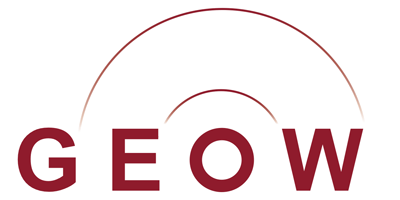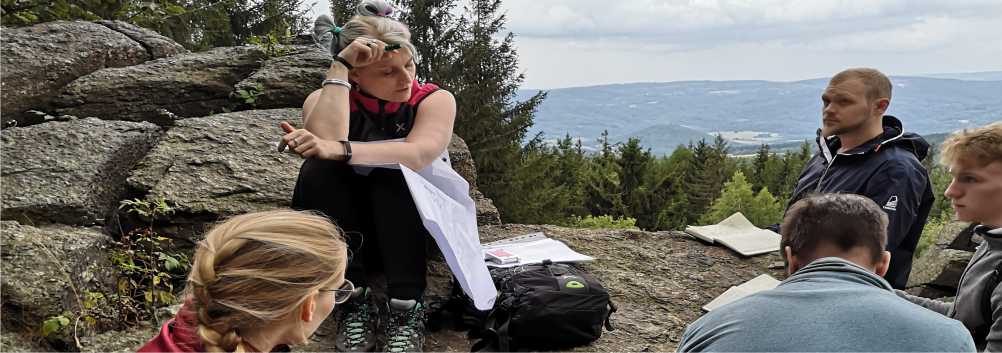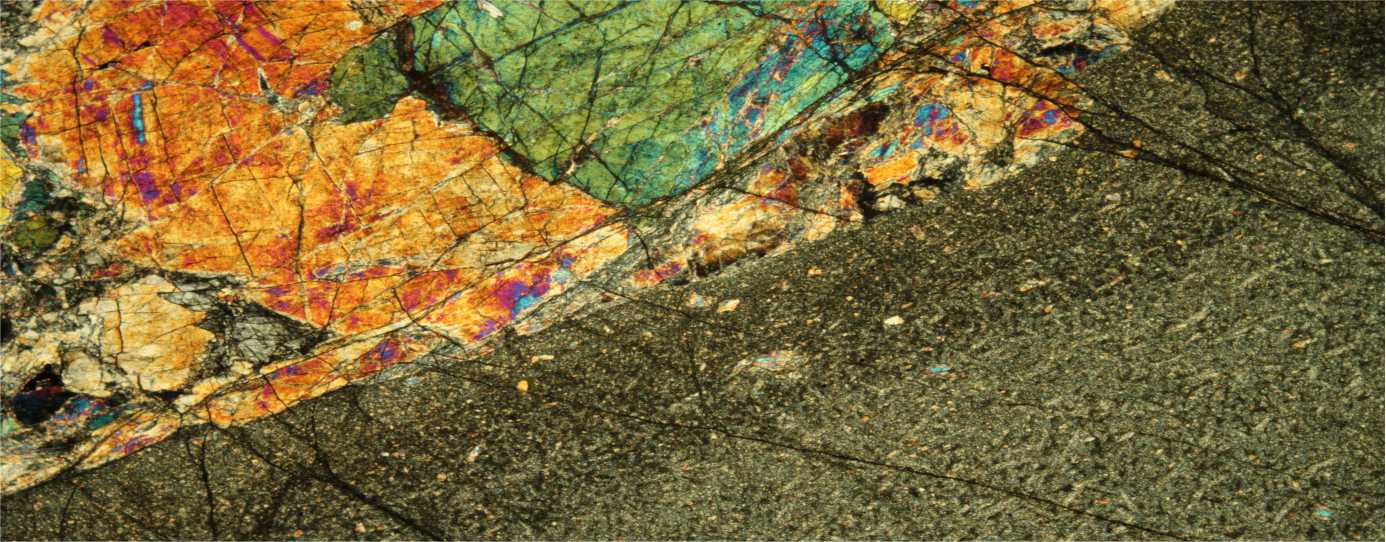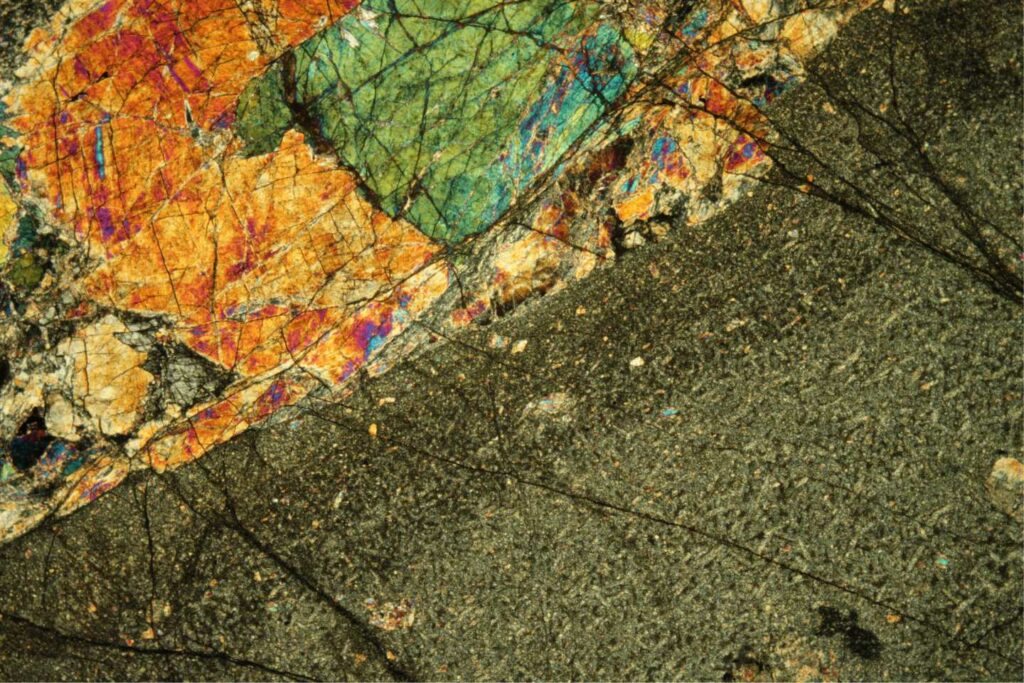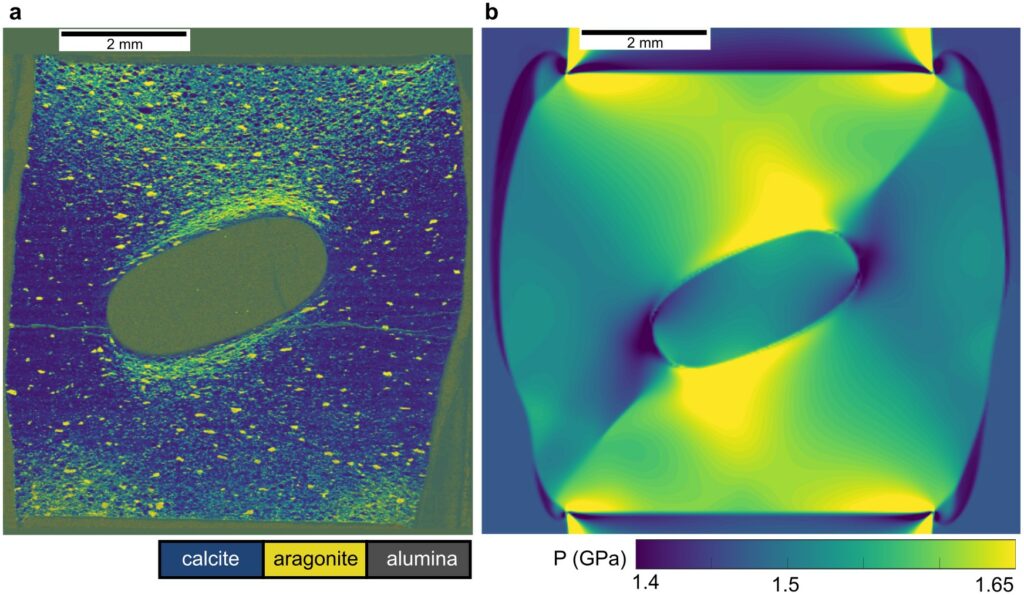MOVE is an international project connecting students from six European universities under the umbrella of the 4EU+ alliance.
It is an innovative bottom-up project to design online virtual excursions (incl. drone surveys) and foster the active participation of students.
Msc (exceptionally also last year Bsc.) students will set-up a cutting-edge Geoscience field excursion:
- define scientific themes, effective targets and shared tasks
- organize webinars with experts
- identify locking points, refine itinerary and objectives
- elaborate film strategy (scenario/screencast)
- design outreach products
- run the excursion
This student-centred project stimulates student’s skills (curiosity, initiative, in-depth critical scientific thinking) and eagerness to engage in both active learning and outreach. Through MOVE, students develops a personalised learning pathway and acquire the set of competences expected from 4EU+ students.
MOVE web page: https://move-excursions.eu/
The responsible person for this project at the Heidelberg University is Lucie Tajcmanova.

